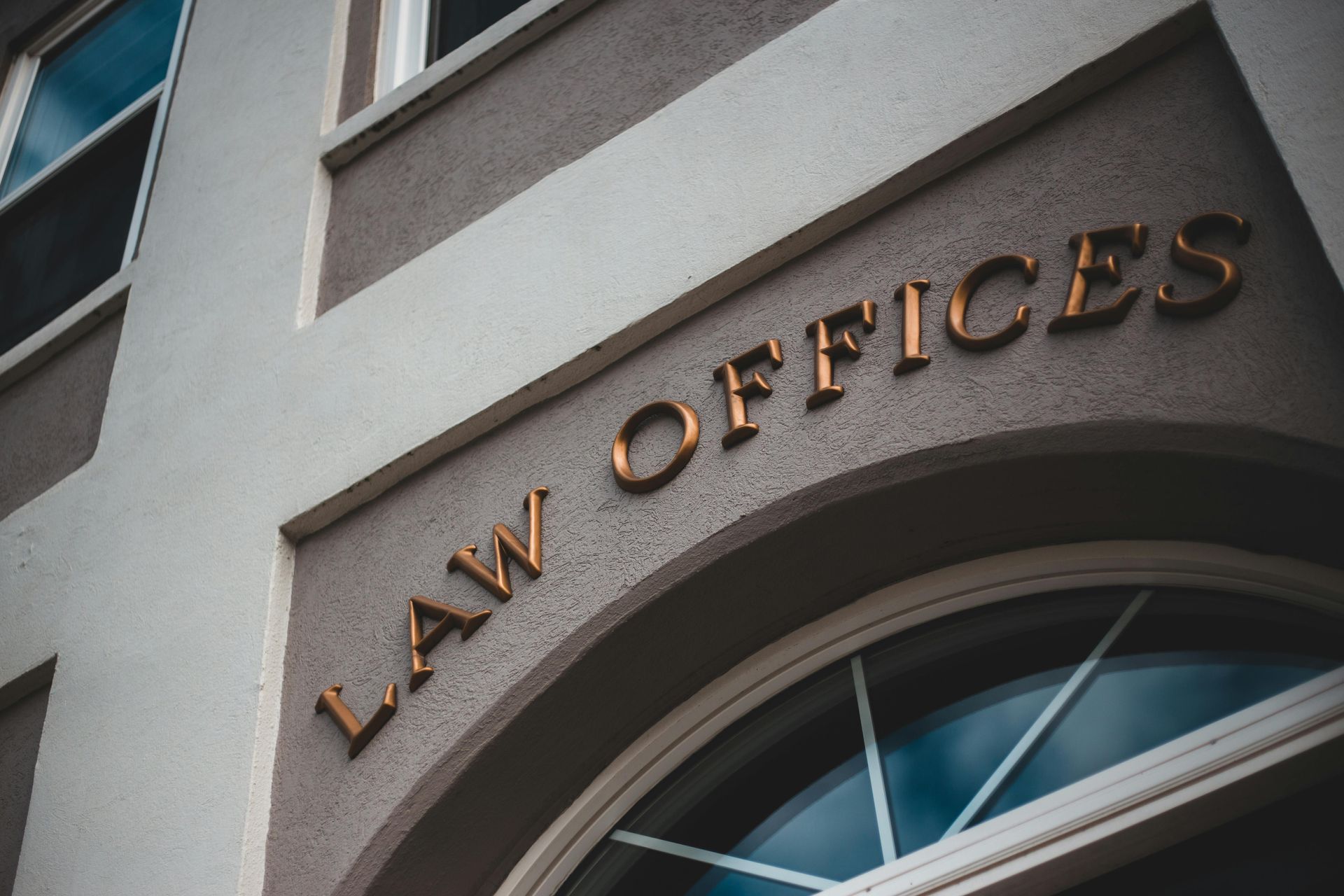How to Change LLC Ownership in Texas
ATTORNEYS IN DALLAS
The process of adding or removing a member of a Texas LLC involves a detailed understanding the company's articles of organization.
How to Change LLC Ownership in Texas
There are two primary methods to modify LLC ownership in Texas - issuing membership interest units or transferring existing units. Issuing membership interest units is carried out through the LLC, and the company agreement usually sets the initial number of units. Additional units can be issued with the consent of existing members.
The other way to change ownership is by transferring membership interest units. Usually, a purchase agreement is used, but not all transfers occur through sales. For instance, one spouse may transfer their interest to the other through a divorce decree.
Irrespective of the method used to alter LLC ownership, it is crucial to ensure that the company agreement permits the change. The company agreement may have provisions on the issuance of new units or constraints on transferring membership interest units. Additionally, the members or managers may need to authorize the ownership change.
Diluting Membership Interest
One of the most significant concerns when issuing new membership interest units in an LLC is the potential for dilution of membership interest. Dilution occurs when the issuance of new units alters the ownership percentages. The extent of dilution relies on the number of units issued.
For instance, let's assume that a company has 99 outstanding membership units equally owned (33 units each) by three members: Bob, Sally, and Tom. If the company issues a single new unit to Sam, the ownership interest of Bob, Sally, and Tom would decrease from 33.33% to 33%, a relatively minor reduction. However, if Sam is issued 33 units, then Bob, Sally, and Tom's interest would reduce to 25%, which is a much more substantial change.
Control of the Company
Another potential issue is a change in control of the company. The transfer of membership interest could significantly impact who manages the company.
Suppose Bob, Sally, and Tom each hold a 33% ownership interest in the company, as in the previous example. In that case, if Bob sells all of his interest in Newco to Cheatham, Cheatham would own 66% of the company, becoming the majority owner. This change in power dynamics could have significant consequences and give Cheatham the ability to exclude Howe from making any meaningful decisions regarding Newco.
CLIENT MATTERS
5,000+
YEARS OF SERVICE
25+
Award Winning
Recognized in the legal industry as dedicated board-certified lawyers and Rising Stars.
Expert Team
Your project will be handled by legal experts every time. You will have the most experienced attorneys working for you.
Quality Representation












